From the humble internet cafes of the 90s to the modern gaming games of 2025. However, prolonged gaming, whether at an internet cafe or at home, can lead to many serious health issues, both physical and mental, as well as social problems.
Not long ago, a 15-year-old teenager in Hoa Binh played games continuously for an extended period and exhibited strong movements like shaking and jerking his neck, resulting in sudden paralysis of all four limbs and an emergency hospitalization that night. The patient arrived at the hospital with severe pain in the cervical spine and experienced paralysis of all four limbs.
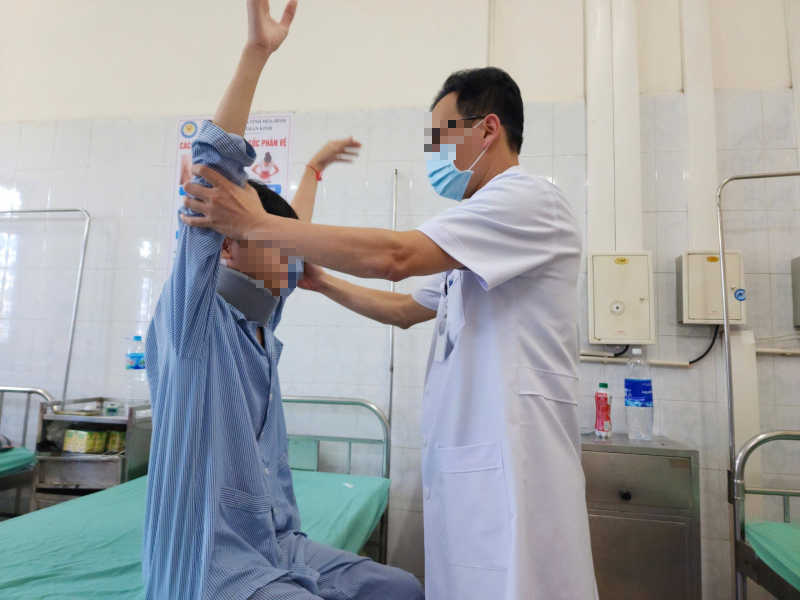
According to family members, the young gamer often played games on his phone. Before being hospitalized, he had been gaming continuously for quite some time. During this process, he exhibited many strong movements like shaking and jerking his neck, which he claimed were meant to alleviate fatigue. The doctors determined that these actions were the main cause of the sudden impact on his cervical spine with strong force, leading to vascular damage compressing the spinal cord.
Recently, a 25-year-old man suffered from torticollis after a long period of using his phone to play games. His neck became so weak that he could not lift his head on his own. Imaging revealed that his neck was deformed with a noticeable bulge, caused by the vertebrae being abnormally stretched over a long period. It is known that the patient endured severe neck pain for six months before seeking hospital treatment. He also had difficulty swallowing, leading to reduced food intake and significant weight loss.

Experts believe that the above condition could be due to a combination of maintaining an incorrect neck posture for an extended period and a latent developmental disorder. They urge raising awareness about the harmful effects of smartphone abuse, especially among young people.
Previously, a series of distorted images of a gamer if playing continuously for 20 years also drew the attention of viewers. Accordingly, by analyzing the living habits of gamers, scientists have predicted the negative physical impacts on their lifestyles.
“They will have bloodshot eyes due to lack of sleep, a sunken skull, and blistered hands. These are just the physical effects on the bodies of gamers, not to mention the psychological changes. Anyone among us would be like that if we do not adequately care for our health while gaming,” experts warned.
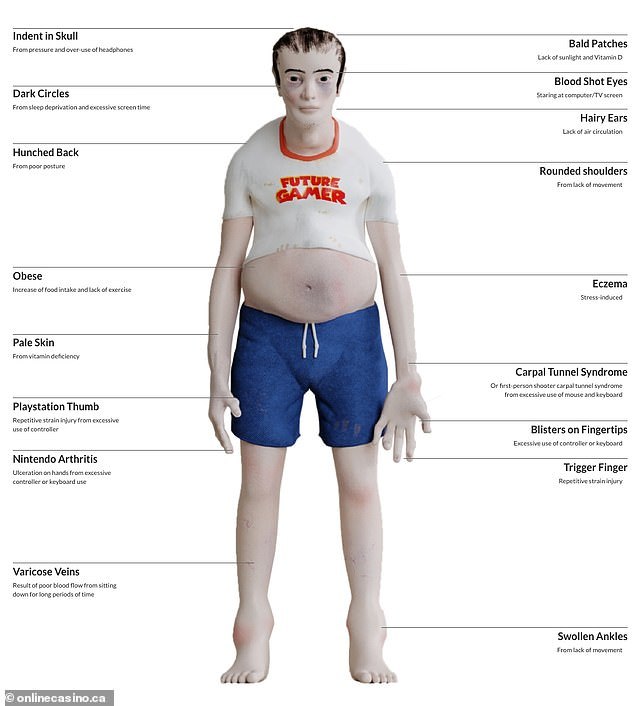
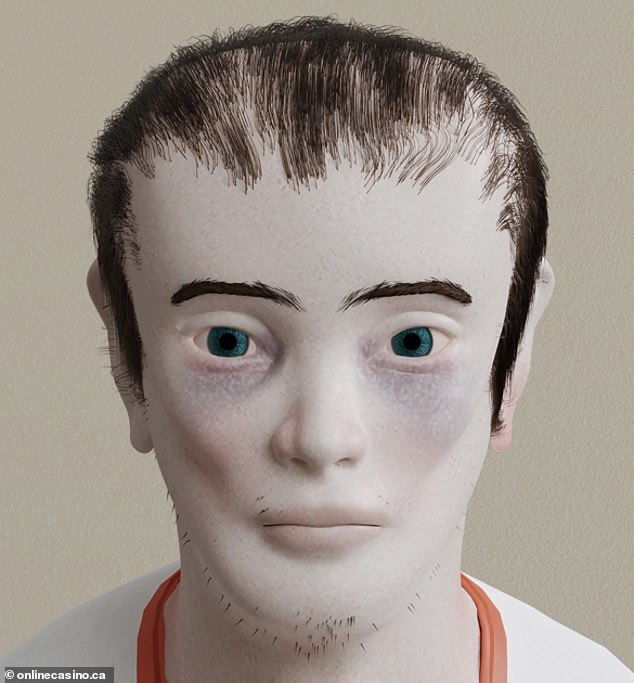
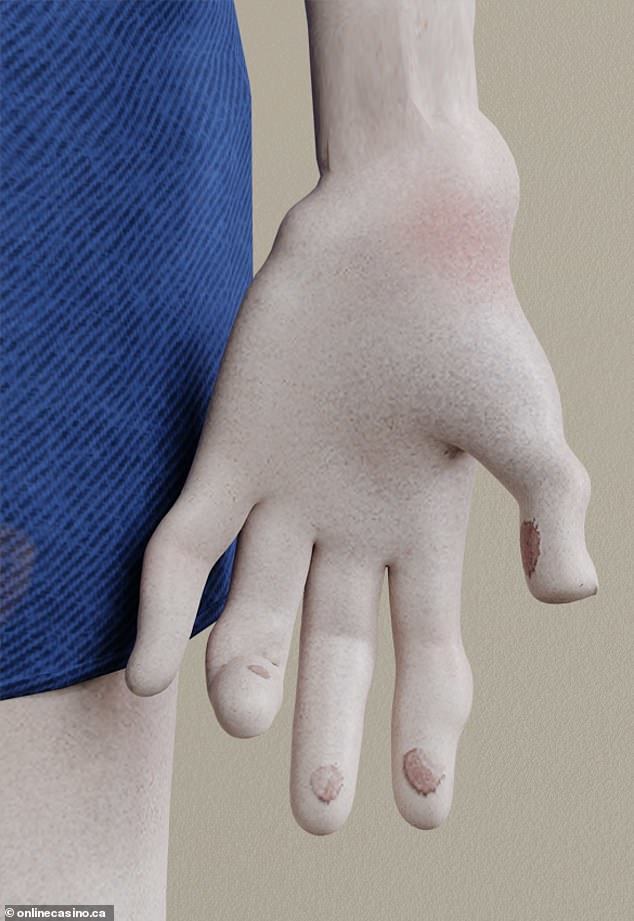

In addition, according to a study from ScienceDirect (2024), playing games continuously for 3 hours or more per session is associated with a higher risk of back, neck, and wrist pain, with a rate 2.19 times higher than those who play less. Gamers often sit in improper postures, leading to conditions like “gamer’s thumb” (de Quervain’s tenosynovitis) or carpal tunnel syndrome due to repetitive use of the mouse and keyboard.
Eye issues: According to Harvard Health (2020), eye strain is one of the most common complaints among gamers, causing headaches, decreased concentration, and increased risk of myopia. A study by Healthy Gamer (2020) found that staring at the screen for long periods makes it difficult to focus on other objects after gaming.

Obesity and malnutrition: Prolonged sitting and unhealthy eating habits increase the risk of obesity. A study in the Journal of Clinical Nutrition indicates that gaming once can increase food intake, regardless of hunger, due to stimulation of the brain’s reward center.
Sleep disorders: According to CreditDonkey (2020), gaming before bedtime disrupts sleep quality, causing gamers to feel fatigued, irritable, and reduces their concentration the next day, even with a full 8 hours of sleep.
Other issues: Studies from NCBI (2005) have reported rare cases such as wrist pain, elbow pain, tendonitis, and even seizures due to gaming. Although these cases are rare and usually resolve with reduced gaming time, they still serve as warnings for gamers in internet cafes, where prolonged gaming hours are common.
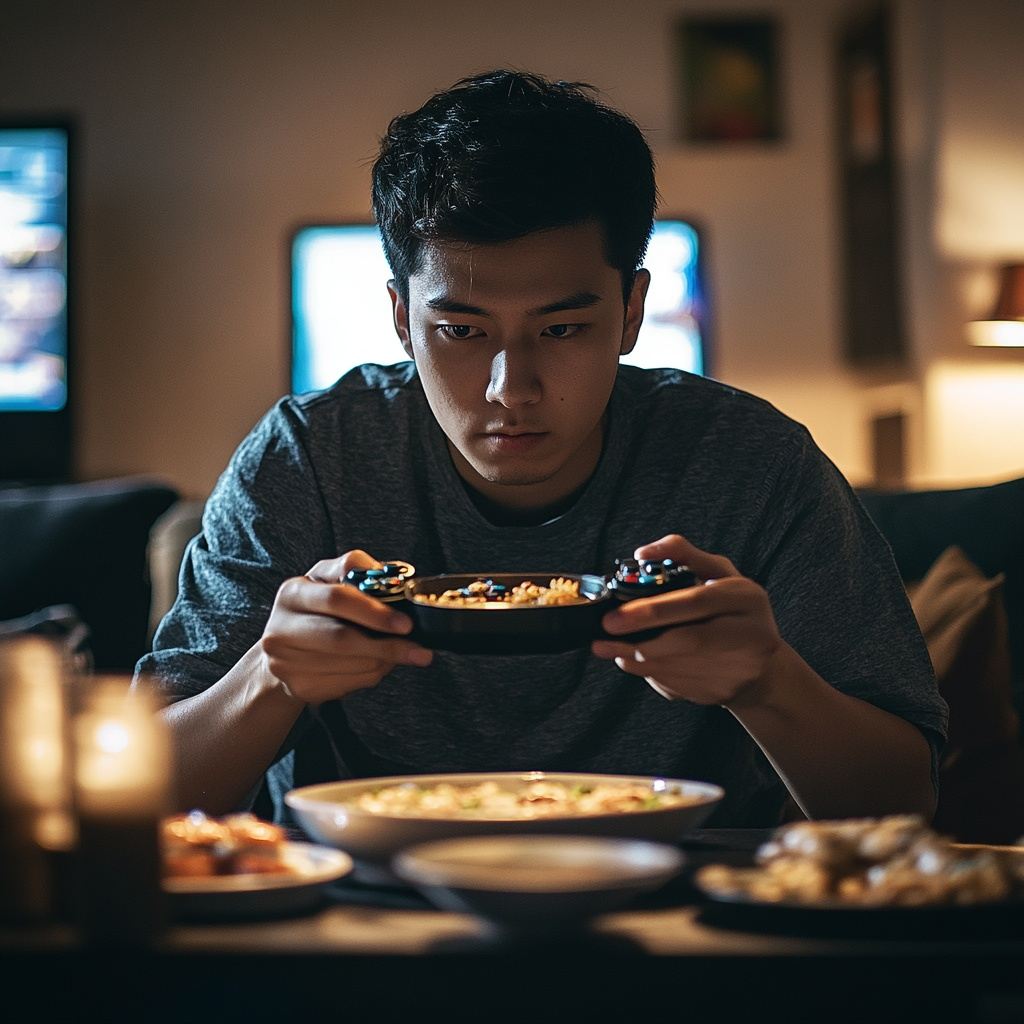
To mitigate the harms, studies suggest: Limit gaming time, Play in appropriate posture and with suitable equipment, Maintain a healthy diet and exercise, Parental supervision and psychological support, Engage in social activities to reduce isolation and increase real-world interaction…
(Summary)